How to Prune Roses in 6 Easy Steps
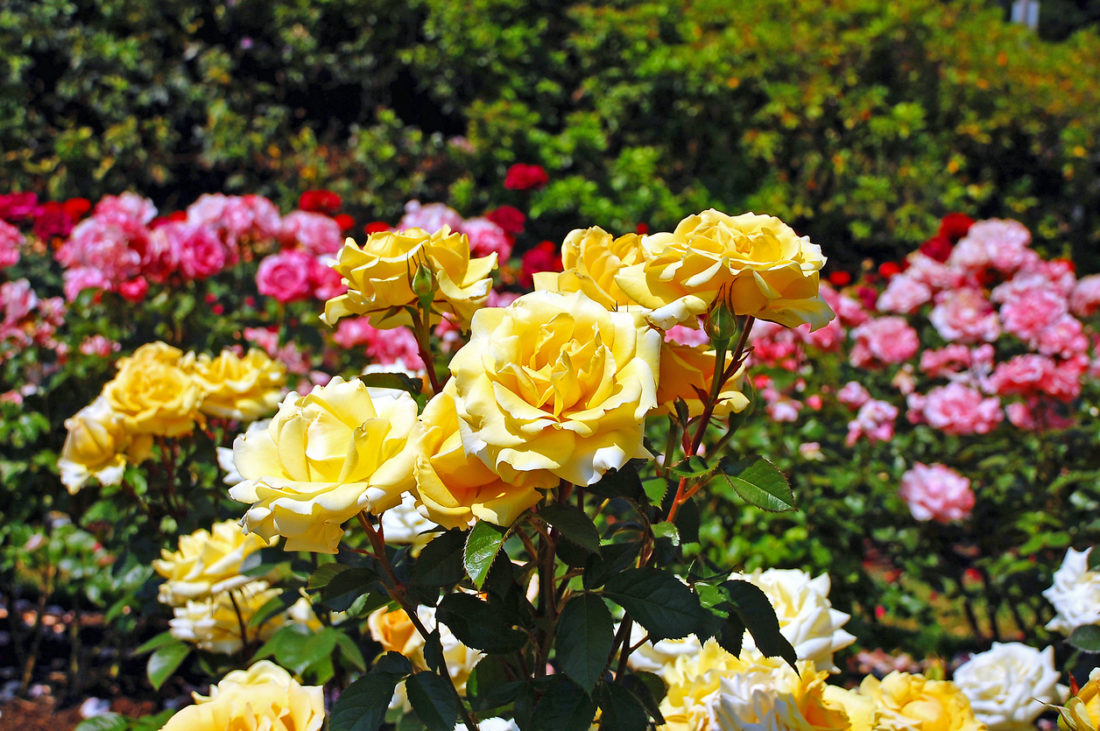
It may seem counterintuitive, but pruning roses is essential to the health and longevity of rose bushes. With such beautiful blooms, it may feel wrong to trim your rose bush. Or, if you’ve never pruned before, you may feel unsure of yourself. That’s why we’ve created an easy guide on how to prune roses. Prune them the right way so they keep coming back season after season.

What is Pruning?
Simply put, pruning is when you remove or cut back specific stems from a plant.
Why do Roses Need to be Pruned?
Roses, like most other plants and trees in gardens, need to be pruned to keep them healthy for the long term. Not to mention, it makes your roses look their absolute best. If you’re looking for simple garden ideas to breathe life into your outdoor space, pruning roses is a great start!
Here are just a few of the benefits of pruning roses:
-You remove dead and/or diseased stems (also called canes)
-You trigger new stems and buds to grow
-You shape your rose bush, so it grows beautifully
-You allow room for larger rosebuds to grow
What to Know Before Pruning Roses
Pruning doesn’t have to be a complicated process, but there are a few things you should know before starting.

The Best Time to Prune Roses
One of the key elements of learning how to prune roses is knowing when to prune roses. It’s not effective to prune them at any time of the year. When is the best time to do it? Ultimately, it depends on the climate. Ireland lies in Hardiness Zones 8-9, which means pruning roses can take place as early as January.
Spring Pruning
Spring is when you should plan on doing your major pruning. For Hardiness Zone 8, the best time to prune roses is in February or March. This is often after the last threat of frost. At this point, new growth is just beginning. By pruning at this particular time, you’re giving your roses room to grow in their peak season. For Hardiness Zone 9, the best time to prune roses is in late January or February. Again, by this point, new growth is about to begin. Allow your rose bush to tell you when it’s time to prune. Once you start seeing new buds and new leaves spring up on your rose bush, it’s time to prune.
Autumn and Winter Pruning
Some minor pruning can be done in Autumn to prepare your roses for Winter. Once the first major frost takes place, you can trim your long stems back with pruning shears. This will keep them from breaking or getting damaged through any Winter storms. Be sure to take it easy on your pruning. Any major pruning at this point can trigger new growth which won’t last through the colder months.
Summer Pruning
During the Summer, you can always prune dead flowers. This can help entice new growth. Plus, it will keep your rose bush more attractive overall.
Clean Your Tools
If you have more than one rosebush, or even more than one plant, in your garden, this tip is very important. Always clean your tools in between pruning each plant. One rose bush may be contaminated with pests or diseases. If you don’t properly clean your tools, you may transmit those pests or diseases to a healthy rose bush.

How to Clean Your Gardening Tools
You can easily disinfect your gardening tools with bleach. It’s inexpensive, and you don’t need much to do the trick. Mix 1 part bleach to 9 parts water, then soak the tools (or the tools’ blades) in the mixture for about 30 minutes. Rinse them with water and set them out to dry. If you’d prefer not to use bleach, you can use isopropyl alcohol. Find a solution that’s 70%-100% isopropyl alcohol and simply wipe down, spray, or dip your tools in the solution.
Where to Prune Roses
Always prune back areas of the rose plant that are dead and woody. These areas won’t produce any new growth. Instead, they’ll just cause more of an eyesore for your plant. For most rose plants, the overall goal is to create a V-shape or a vase shape. However, some other rose plants, like climbing roses, will need a different approach. Ultimately, when you make your pruning cut, aim for a little more than 0.5 cm above a bloom. Make a clean cut with sharp pruning shears at a 45-degree angle.
Do Different Types of Roses Need to be Pruned Differently?
When it comes to how to prune roses, some rose plants have different needs. It’s best to know what type you have so you can prune it properly.
Climbing Roses

Climbing Roses aren’t too different from other types of rose plants when it comes to pruning. The biggest difference is the way Climbing Roses grow. Unlike other rose plants, there are two types of canes on a Climbing Rose. There are the main canes, which grow directly from the base of the plant, and there are the lateral canes, which produce the blooms. When you prune the lateral canes, you encourage more blooms to grow. While it’s important to prune outward-facing buds on other rose plants, that’s not necessary when pruning Climbing Roses. You can prune the lateral canes any time of year to keep the Climbing Roses in shape.
Modern Shrub and English Roses

Modern Shrubs and English Roses produce large blooms that repeatedly grow throughout the seasons. Popular types of Modern Shrub Roses include “Little White Pet” and “Cerise.” English Rose varieties include “Gertrude Jekyll,” “Munstead Wood,” and “Boscobel.” Modern Shrub Roses and English Roses are a little different from other rose plants, like Bush Roses. With these, the more you prune them, the more leafy, new growth you encourage. This, unfortunately, happens in place of new blooms.
Bush Roses

Bush Roses love to flower on brand new growth. That means you can prune your Bush Roses down to a compact shape to allow for new blooms in the growing season. These Bush Roses prefer the safety of stronger stems and canes. Be sure to prune off any leggy or twiggy canes as they come in.
Rambling Roses

Like Climbing Roses, Rambling Roses love to crawl where you let them. They’re great for climbing walls, fences, and pergolas. Unlike Climbing Roses, they tend to spread out and up, instead of just out. Rambling Roses bloom once a year, usually in the warmer months of Summer, and produce robust blooms. Unlike other species of rose plants, these Rambling Roses are best when pruned in Autumn.
Your Rose-Pruning Starter Kit
Tools for the Job
-Gardening gloves to protect from thorns, pests, and plant disease
-Bypass pruning shears for small, twiggy growth
-Long-handled, long-blade loppers for thick canes
-Isopropyl alcohol or bleach
How to Prune Roses in 6 Easy Steps
There’s a good chance that the process will feel intimidating at first. However, with our handy guide on how to prune roses, you’ll shape up your rose plants like a pro on the first try.

1. Prune from the Ground Up
Start at the bottom of your rose plant. Prune any dead canes at the base of the plant. The goal here is to open the centre of the plant to allow for more light, more airflow, and more room to grow.
2. Remove Broken, Diseased Wood
Find any old, dead wood stems. Follow them from the very top of the stem all the way down until you see a healthy, green stem. Make your cut with your loppers at a 45-degree angle right at the green, healthy stem. You should see white in the centre of the healthy stem. If you don’t see white yet, continue cutting lower.
3. Remove Leggy Stems
Leggy, twig-like stems grow wildly, and they don’t produce many blooms. Instead, they cause your rose plant to look less than appealing. You can spot these leggy stems by looking for canes that are thinner than the width of a pencil. Go ahead and remove those stems by cutting with your pruning shears at a 45-degree angle down at the base of the plant.
4. Remove Sucker Growth
Sucker growth is any stem that grows upwards from the very base of the plant. Often, they also sprout right from the ground. This kind of growth doesn’t produce any blooms. On the rare occasion they do, the blooms are always small, weak, and unhealthy. Sucker growth also competes for space and nutrients, which takes away from your main canes. Be sure to remove any sucker growth by using your pruning shears and pruning your rose plant at the ground. If any sucker growth is thicker, you may need to use your loppers to make your cut.
5. Prune New Growth to Tidy Up
Again, it may seem counterintuitive to prune new growth. After all, it’s a fresh flower on your plant, and isn’t that the whole point? You can prune new growth to shape your rose plant however you want. Be sure to make tidy cuts with clean tools, like freshly cleaned pruning shears. Find a bud that is facing toward the outside of the plant. Move a little over 0.5 cm above the bud. Then, make your cut at a 45-degree angle.
6. Seal Cuts to Prevent Pests
One pest which tends to be the bane of the rose plant’s existence, is the Cane Borer. They’re small pests that bore right into the centre of rose canes. It eats away at the healthy flesh of the stem, ultimately killing it. To prevent any pests from making a home in the middle of your rose stems, seal your cuts with white glue.
How to Care for Roses After Pruning
Once you’ve pruned your roses, it’s time to make sure they continue to grow!

What’s the Best Fertiliser for Roses After Pruning
Before using any fertiliser for your roses after pruning, be sure to collect all the clippings. Pick up any leaves and canes you’ve cut. Then, use a slow-release fertiliser that combines a mixture of the main plant food ingredients: nitrogen, phosphorus, and potassium. We recommend an organic rose feed, as it’s created with roses in mind. Spray the plant and the ground around it. There you have it! Perfectly pruned roses that are ready for new growth.

It may seem like an intimidating task for even the avid gardener. However, learning how to prune roses is the best way to encourage healthy, new growth for your rose plants! When you’re ready to get your roses in tip-top shape, we’ve got all of the supplies you need in our Lawn and Garden section.
Woodie's

- Lawn & Garden
6 Types of Soil for Plants: Which Soil is Best for Different Types of Plant Growth?
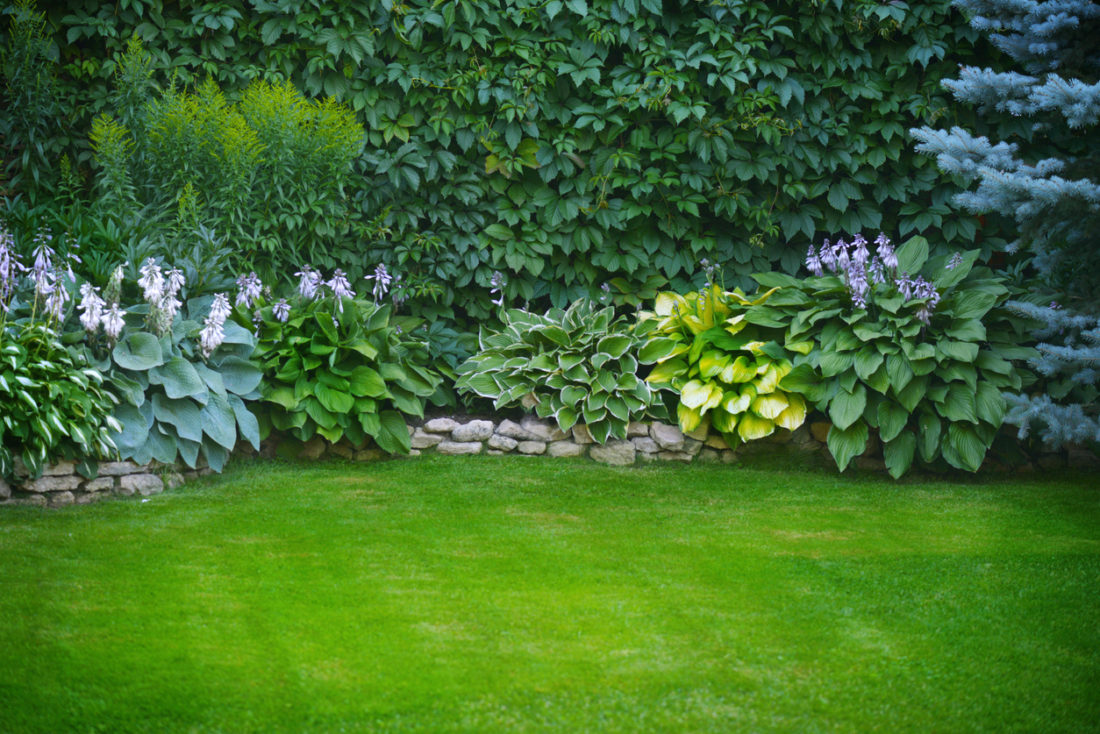
- Lawn & Garden
A Complete Guide on How to Sow Grass and Take Care of Your Lawn
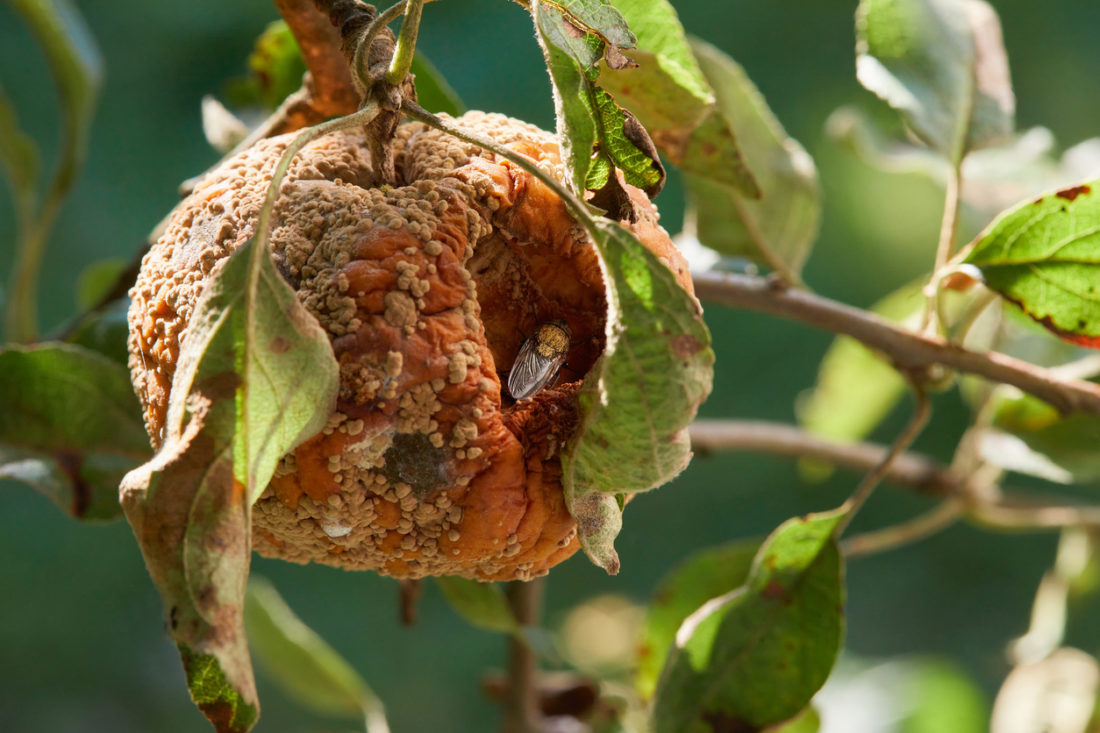
- Lawn & Garden
Everything You Need to Know About 9 Most Common Plant Pests and Diseases
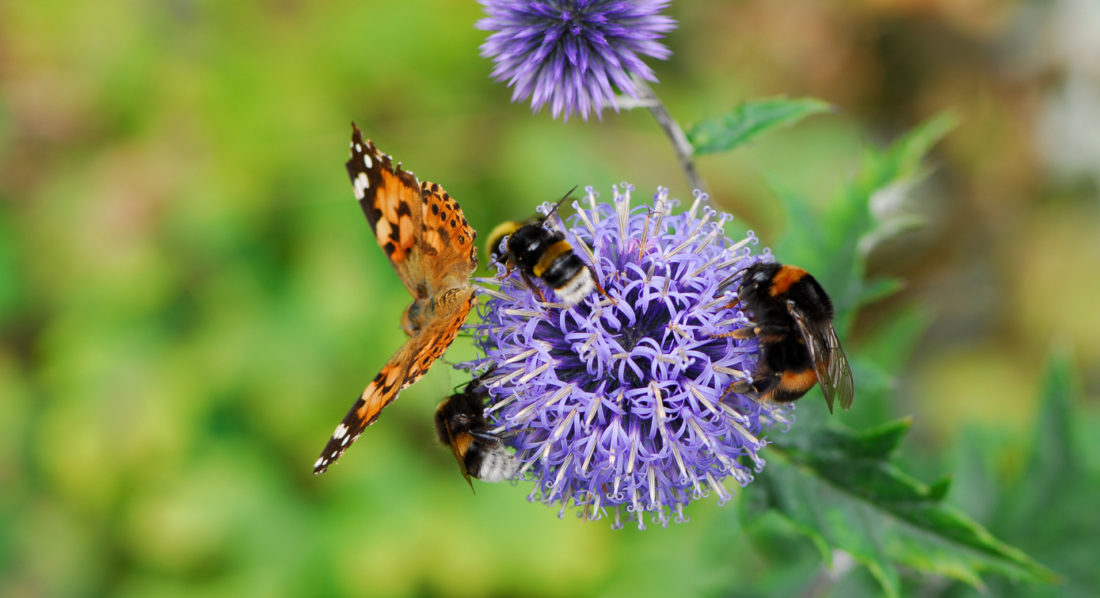
- Lawn & Garden
How to Attract Wildlife to Your Garden: 9 Ideas to Turn it into a Nature Preserve
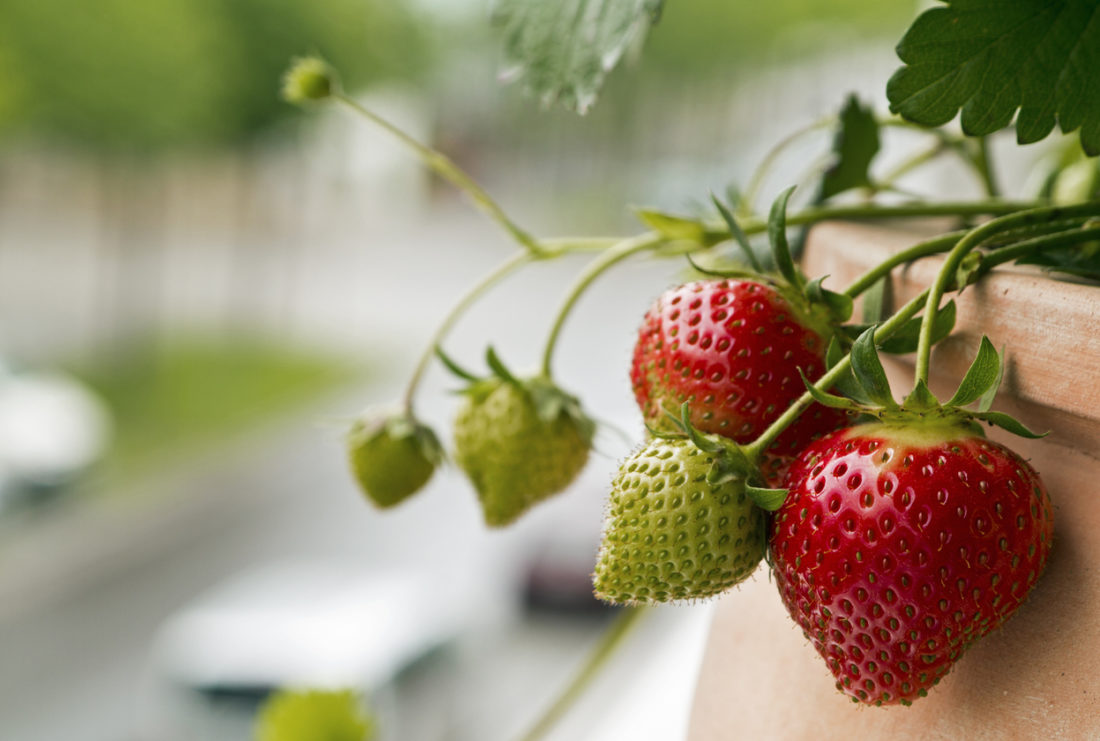
- Lawn & Garden
How to Grow Strawberries in Pots: An Easy Step-by-Step Guide
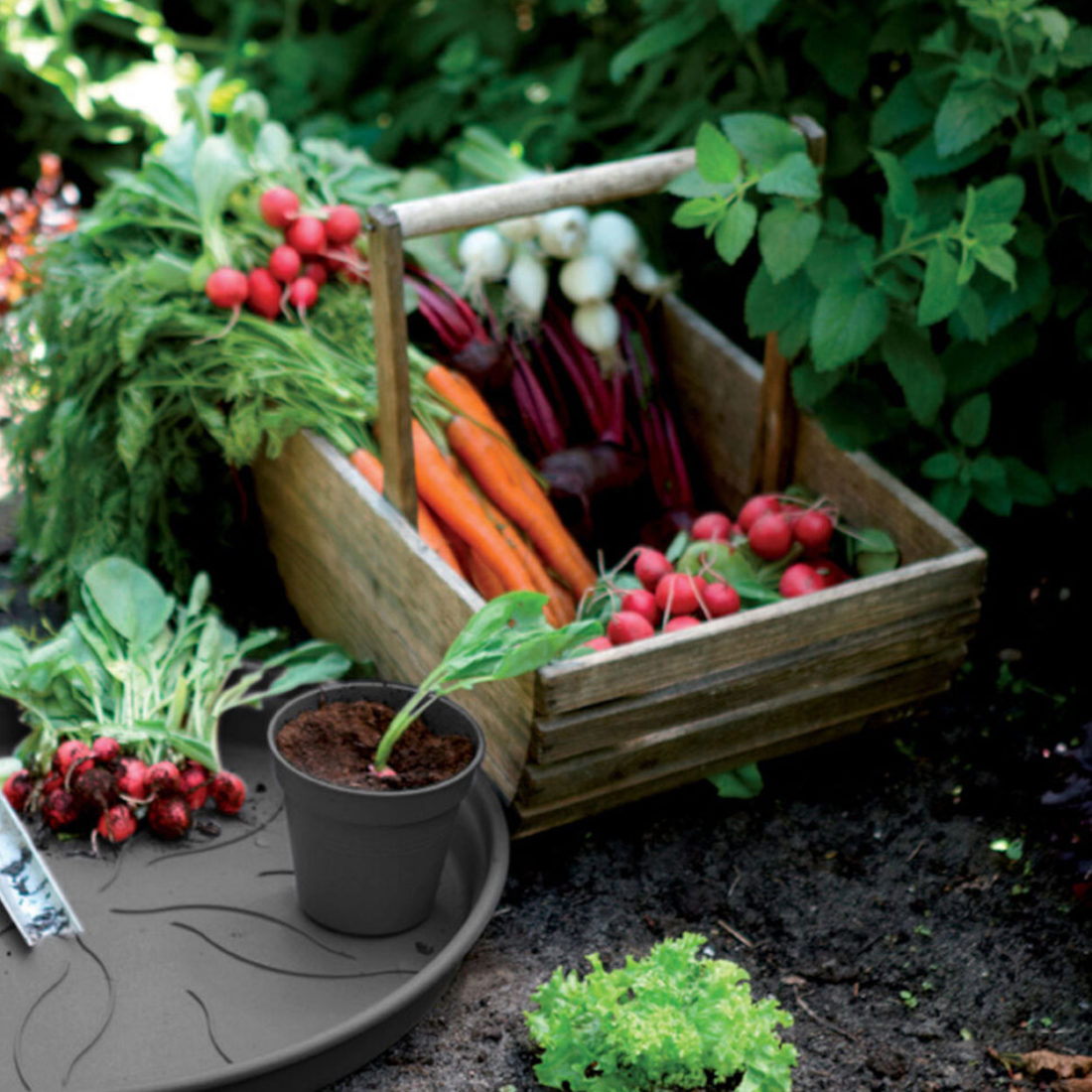
- Lawn & Garden